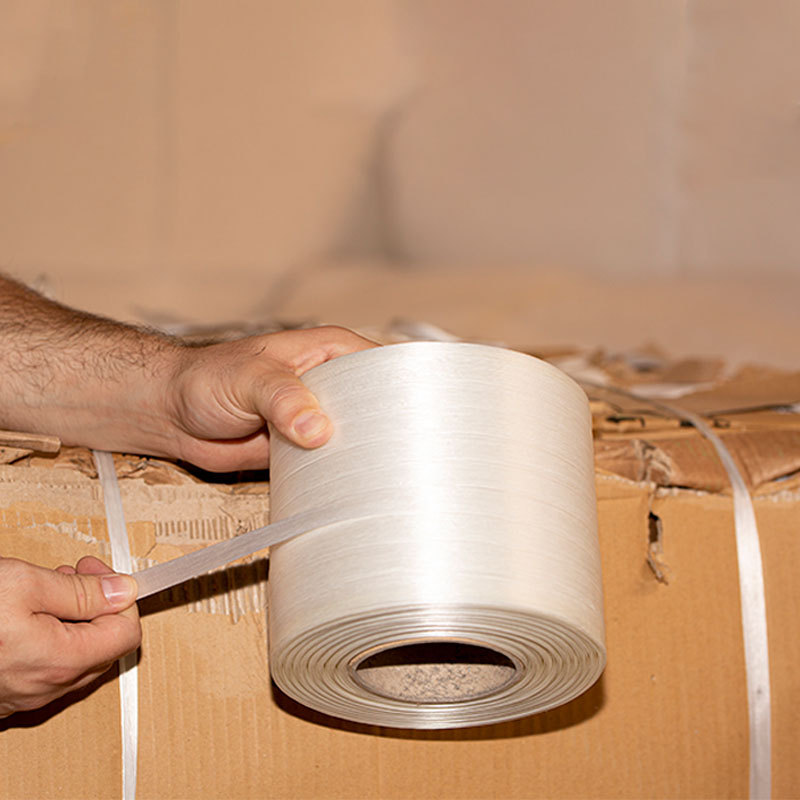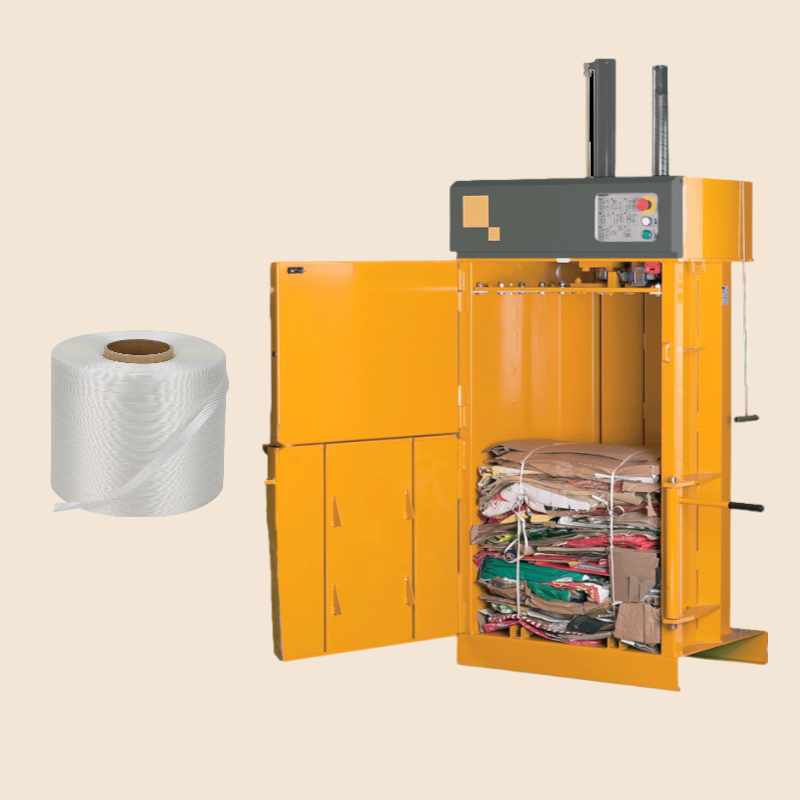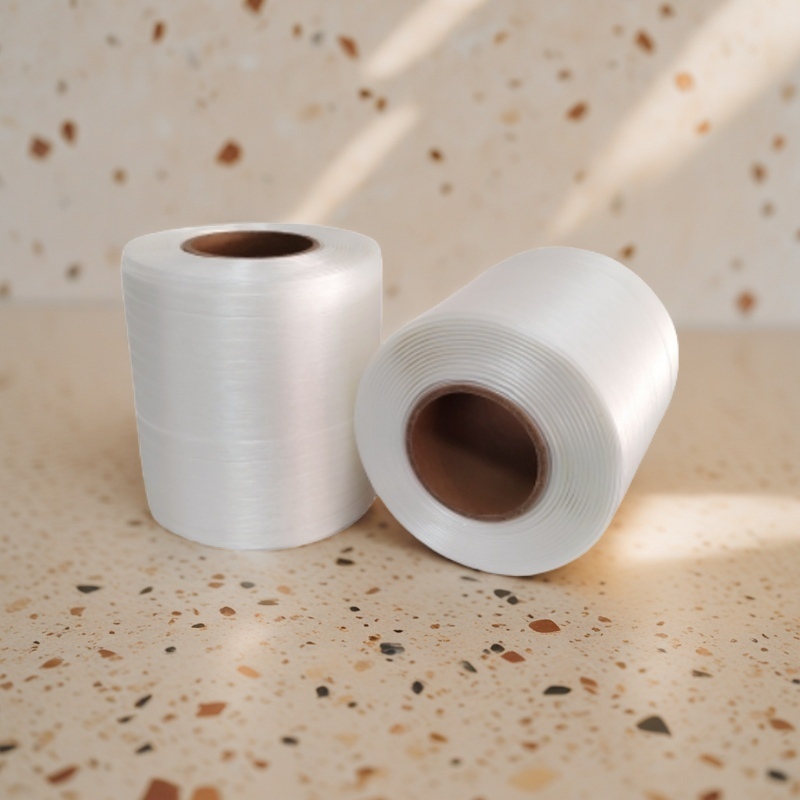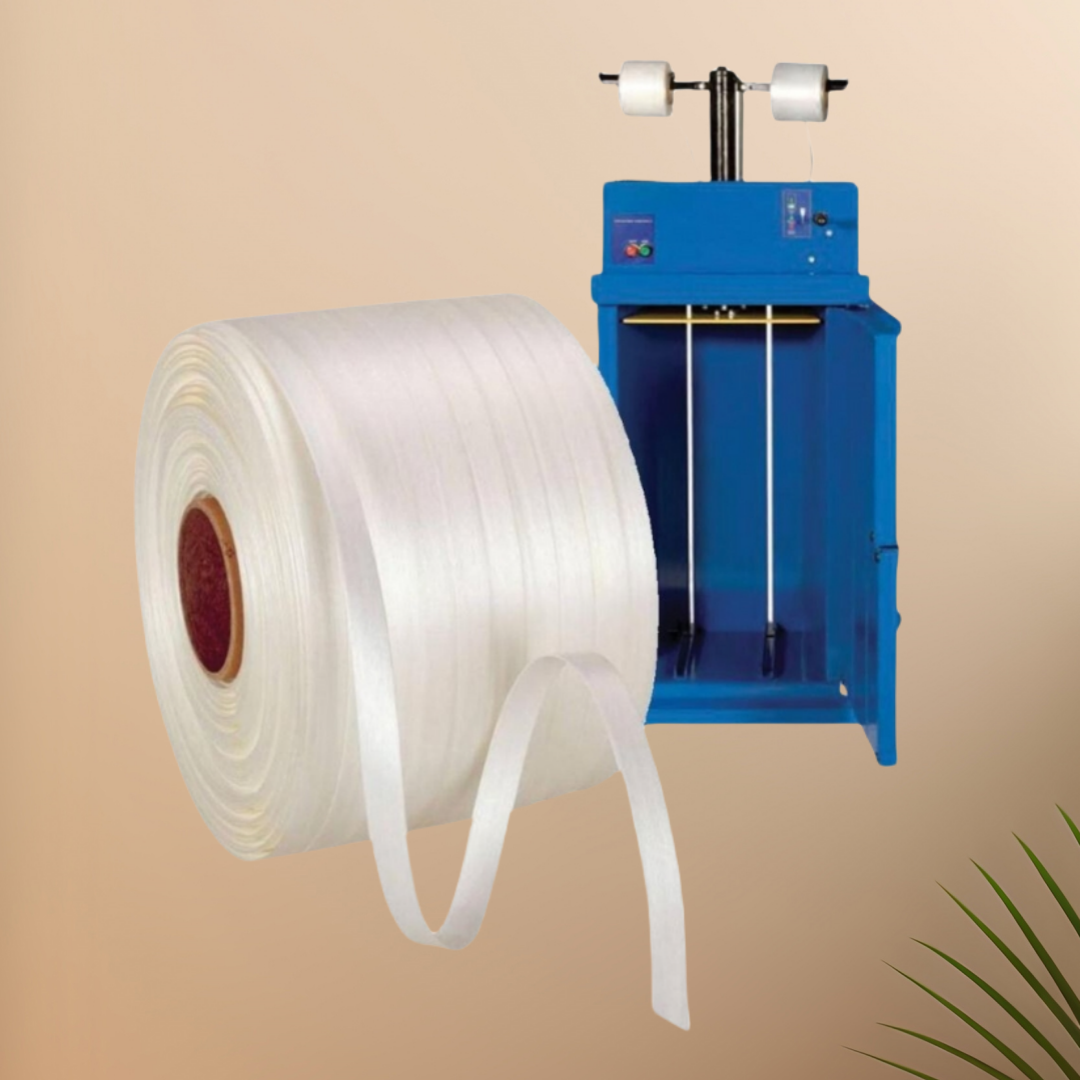Secure and Efficient Recycling: How Bonded Strapping Optimizes Waste Handling
Recycling has become an essential part of modern waste management as industries and governments work towards sustainability and environmental protection. One of the biggest challenges in recycling operations is ensuring that waste materials are securely bundled for transportation and processing. The use of bonded strapping has significantly improved the efficiency and safety of waste handling, providing a reliable and cost-effective solution for businesses involved in recycling.
The Role of Bonded Strapping in Recycling Operations
Bonded strapping is made from high-strength synthetic fibers, typically polyester, and is designed to replace traditional materials like steel strapping. It is widely used in recycling facilities for securing compressed waste materials into bales, ensuring stability during handling, storage, and transportation.
By offering high tensile strength, durability, and flexibility, bonded strapping optimizes the recycling process by preventing material loss, reducing risks for workers, and minimizing overall waste handling costs. Compared to other strapping materials, it provides superior resistance to environmental conditions, does not rust, and offers enhanced safety in daily operations.


Improving Efficiency in Waste Handling
One of the primary advantages of bonded strapping in recycling operations is its ability to streamline waste handling. Recycling facilities deal with large volumes of materials daily, including paper, plastic, metals, and textiles. These materials are compressed into bales to reduce space requirements and make transportation more efficient. However, without a strong and reliable strapping system, these bales can become unstable and difficult to manage.
Bonded strapping provides consistent tension and durability, keeping bales intact for extended periods. It can be applied manually or using automated strapping machines, allowing recycling centers to optimize labor efficiency and reduce processing time. By ensuring that waste materials remain compact and secure, bonded strapping enhances the overall workflow of recycling facilities.
Enhancing Safety in Recycling Facilities
Worker safety is a major concern in the recycling industry, where handling heavy loads and machinery is part of daily operations. Traditional steel strapping, while strong, poses significant safety hazards due to its sharp edges and potential for snapping under tension. This can lead to serious injuries, making it less desirable for waste management applications.
Bonded strapping eliminates these risks by providing a safer alternative. It does not have sharp edges, reducing the likelihood of cuts and injuries during application and removal. Additionally, it absorbs shocks and impacts better than steel strapping, preventing sudden breakages that could harm workers.
By prioritizing safety, bonded strapping not only protects workers but also improves operational efficiency by reducing downtime caused by injuries or material failures. Recycling companies that adopt bonded strapping can create a safer work environment while maintaining high levels of productivity.
Environmental Benefits of Bonded Strapping
Sustainability is a key focus for the recycling industry, and bonded strapping contributes to eco-friendly waste management practices. Unlike steel strapping, which requires significant energy to produce and is difficult to recycle, bonded strapping can be made from recycled polyester and is itself recyclable. This reduces the demand for virgin raw materials and lowers the carbon footprint of waste handling operations.
Additionally, bonded strapping is lightweight, which decreases fuel consumption during transportation compared to heavier steel alternatives. It also generates less waste and does not contribute to metal pollution, making it a more sustainable option for securing recyclable materials.
By choosing bonded strapping, businesses in the recycling sector can align with global sustainability goals while improving their efficiency and cost-effectiveness.
Cost-Effectiveness and Long-Term Benefits
Another important factor driving the adoption of bonded strapping in recycling operations is its cost-effectiveness. While steel strapping is traditionally used for heavy-duty applications, it is expensive, difficult to handle, and prone to rust. Plastic strapping, on the other hand, may not offer the same level of strength and durability required for securing large waste bales.
Bonded strapping provides an ideal balance of affordability, strength, and ease of use. It requires minimal maintenance and can be reused in some applications, reducing long-term costs. Additionally, its resistance to environmental factors such as moisture and UV exposure makes it a reliable choice for both indoor and outdoor waste storage.
Businesses that invest in bonded strapping can achieve significant savings by reducing material losses, lowering labor costs, and minimizing equipment wear and tear. Over time, this translates into a more efficient and profitable recycling operation.


Industries That Benefit from Bonded Strapping in Recycling
A wide range of industries utilize bonded strapping to improve their recycling processes. Some of the key sectors that benefit from this innovative strapping solution include:
- Paper and cardboard recycling – Securing large bales of compressed paper and cardboard for transportation to processing plants.
- Plastic recycling – Bundling used plastic materials, such as PET bottles and packaging waste, for reprocessing.
- Metal recycling – Holding together lightweight metal scrap and aluminum cans for efficient handling.
- Textile recycling – Compressing used clothing, fabric scraps, and industrial textiles for shipment.
- Construction and demolition waste management – Securing recyclable materials such as wood, drywall, and insulation during disposal and transport.
By using bonded strapping in these applications, companies can improve their waste management practices while reducing costs and environmental impact.
Conclusion
Bonded strapping has emerged as a crucial tool in modern recycling and waste management. Its ability to securely bundle materials, improve workplace safety, and contribute to sustainability makes it the ideal choice for businesses seeking efficiency and cost savings.
As recycling operations continue to expand worldwide, the demand for reliable and eco-friendly packaging solutions will only increase. Bonded strapping provides a practical and effective way to optimize waste handling, helping businesses transition toward a more sustainable future while improving their bottom line. By adopting bonded strapping, companies can enhance their recycling efficiency and contribute to global environmental efforts.